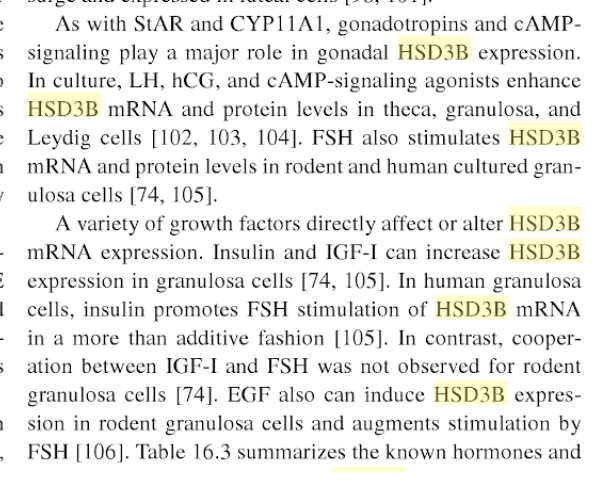Yes, as with every other symptom, site specific over-expression of the AR, which importantly is already established in 100% of symptomatic dermal prepuce tissue across cell lines in PFS. The prevalence of the symptom you mention and this important primary finding already disproves the hypothesis of effects localised to the CNS.
Androgen signalling has a determinant role in skin maintenance, epithelialisation, collagen deposition and inflammation. AR signalling is inhibitory of skin healing. (1-7)
- Gilliver, Regulatory roles of androgens in cutaneous wound healing, 2002
- Ashcroft and Mills, Androgen receptor-mediated inhibition of cutaneous wound healing, 2002
- Gilliver et al, 5alpha-dihydrotestosterone (DHT) retards wound closure by inhibiting re-epithelialization, 2009
- Ashcroft et al, Topical estrogen accelerates cutaneous wound healing in aged humans associated with an altered inflammatory response, 1999
- Fimmel and Zouboulis, Influence of physiological androgen levels on wound healing and immune status in men, 2005
- Lai et al Monocyte/macrophage androgen receptor suppresses cutaneous wound healing in mice by enhancing local TNF-alpha expression, 2009
- Gilliver et al, Androgens influence expression of matrix proteins and proteolytic factors during cutaneous wound healing, 2007
…As such antiandrogenic substances are increasingly considered as potential therapeutic angles to aid healing - including finasteride, quercetin and flutamide (8, 9, 10):
- Toraldo et al, Topical androgen antagonism promotes cutaneous wound healing without systemic androgen deprivation by blocking β-catenin nuclear translocation and cross-talk with TGF-β signaling in keratinocytes, 2012
- Liu, Quercetin suppresses glomerulosclerosis and TGF‑β signaling in a rat model, 2019
- Wang et al, Androgen actions in mouse wound healing: Minimal in vivo effects of local antiandrogen delivery, 2016.
This is likely part of a pleiotropic picture as increased androgen signalling has been demonstrated to be inhibitory of healing following injury to androgen target tissues such as the heart and endometrium. Finasteride has recently been suggested as potentially therapeutic in heart failure due to marked improvement in animal models.
Hopefully I can clear this up, as this is obviously coming up a lot: What Melcangi has done is not on remotely the same scale. While more confirmation of epigenetic differences is very good to have (I gave a large personal donation to this particular study and was hopeful it could provide some fast evidence of methylation in PFS patients), 5ar deficiency is not a plausible driver of PFS as @awor has stated for many years, and this result should make clear. The practicality of this will lie in more evidence for a direction towards epigenetic involvement, again as @awor said.
This present study, at least in organisation terms, got underway at the end of 2017. It looked at two genes in serum and CSF. I think it’s therefore simple to understand that it is much more of an undertaking to look at those, plus 19998 more, in tissue biopsy of a larger control-matched cohort, with what we hope is the potential to provide insight into possible driving factors of previously established AR deregulation. We expect a variably significant picture of altered expression depending on the severity of case, and disentangling the volume of data is not easy.
I do not know the quality of report that will ultimately be produced or factors that may influence that. However, that a narrowly-focused study is quick does not make it “shameful” that the important things inherently take longer. It is not in the same ball park.


